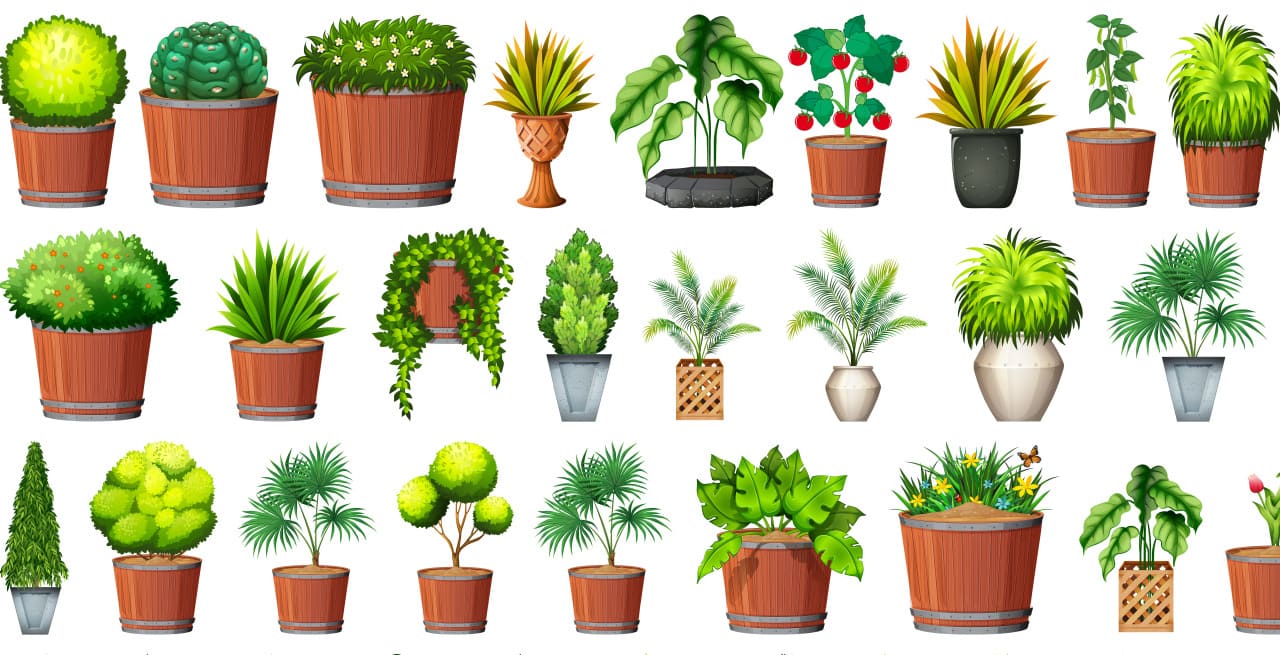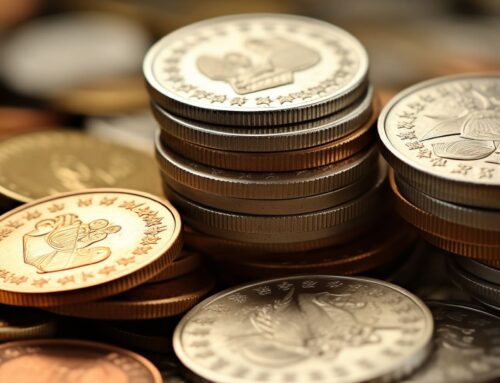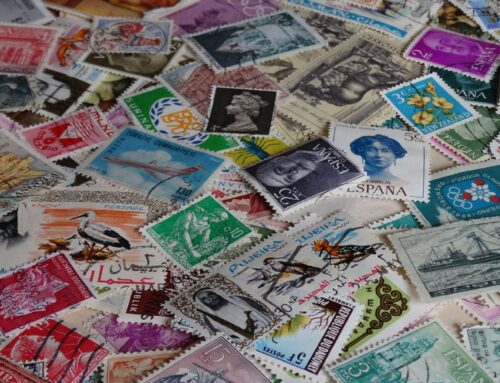Definition of plant collecting :
conserved plant specimens give us information about plant diversity and distribution.
A good plant collection is of lasting benefit. It is like a 3-D photograph, representing information that is frozen in time and made available for all time. People still study specimens collected in the 1600s. This means that your specimens might still be studied in 2400 A.D.
Plant specimens can be stored in a special ‘library’ called an herbarium. The Intermountain Herbarium at the Utah State University in Logan is one of these .
Plant specimens will rot unless they are preserved properly. also They can be pickled, frozen or bottled, but an easy (and cheap) way to preserve most plants is to press and dry them. Also this must be done well if plants are to be identified, stored, displayed or used for research.
What is the tools of plant collecting ?
The tools needed for collecting plants are:
- clippers to cut plants
- digger to dig plants
- plastic and paper bags to put your plants in until you can press them
- a field notebook with your name on it
- small tags to attach to the plant specimen
- a pencil
- a map of the area (a GPS unit is a helpful addition)
- plant press
How to start collection of plant ?
A choice of collecting locality depends on the purpose behind your collection. If you are collecting specimens to donate to a local herbarium, your backyard may not be an ideal choice.
Most local herbaria specialize in native and naturalized plants and have fewer collections of the hybrids and varieties that are bred specifically for the horticulture industry and generally are not seeking specimens of these plants.
Some good locality choices might be undeveloped lands or areas that are not maintained and are likely to contain plants that have adapted to survive on their own in the “wild”.
However, if you are interested in creating a herbarium for your own purposes then it is entirely up to you to choose where and what to collect. so It is a good idea however to always obtain permission from the owner of any property on which you intend to collect plants, and be aware that collection in National Parks and preserves is likely only possible with special permission.
If you want to collect plants outside of the United States, be aware that most countries require that you obtain a special plant collecting permit, So, It is always best to contact the national or local herbarium closest to your chosen collection location and request their advice with these permitting procedures.
Note : that most countries will require an export permit if you wish to ship the specimens back to the United States, and that the United States requires an import permit.
Herbaria are equipped to deal with transactions such as these and can be of immeasurable assistance with these logistics.
How to store plant collecting ?
In order for plant specimens to be kept in good condition for future reference, adequate storage conditions are needed :
1-The storage space should be kept in a low light, low humidity environment.
2- The temperature of the storage space should be kept cool, between 50 – 65 degrees Fahrenheit.
3-It is important to keep the storage space free of harmful pest.
4-It is recommended to protect the specimens by sheathing the sheets in sealed plastic bags. Various pesticides may also be used to protect the storage space from pest infestation. If pest infestation has already occurred
Roles of collectors :
Safety , precaution
plant collecting may seem like a very safe and harmless practice ,So there is a few things collectors should keep in mind to protect themselves:
First collectors should always be aware of the land where they are collecting. As in hiking there will be certain limitations to whether or not public access is granted on a plot of land and if collection from that land is allowed.
For example: in a National park of the United States, plant collection is not allowed unless given special permission.
Collecting internationally will involve some logistics, such as official permits which will most likely be required to bring plants both from the country of collection and to the destination country. And The major herbaria can be useful to the average hobbyist in aiding them in acquiring these permits.
If traveling to a remote location to access samples, it is safe practice to inform someone of your whereabouts and planned time of return. If traveling in hot weather, collectors should bring adequate water to avoid dehydration.
Forms of sun protection such as sunscreen and wide brimmed hats may be essential depending on location. Travel to remote locations will most likely involve walking measurable distances in wild terrain, so precautions synonymous with those related to hiking should be taken.





